



How does the Ethernet to optical chip work?
With the rapid growth of network traffic and the increasing demand for higher-speed communication, Ethernet-to-fiber optic chips (also known as Ethernet optical transceivers) have become essential components for modern network infrastructure. These chips provide the ability to convert electrical Ethernet signals into optical signals and vice versa, enabling long-distance data transmission over fiber-optic cables. This article will explore the working principle, uses, and benefits of Ethernet-to-fiber optic chips.
1. What is an Ethernet-to-Fiber Optic Chip?
An Ethernet-to-fiber optic chip is an integrated circuit designed to facilitate the conversion between electrical Ethernet signals and optical signals. Ethernet, which is typically transmitted over copper cables (such as Cat5e, Cat6, etc.), has limitations when it comes to transmission distance and speed. Fiber optic cables, on the other hand, offer much higher bandwidth and significantly longer transmission distances.
Ethernet-to-fiber optic chips are crucial for bridging the gap between copper-based Ethernet networks and fiber-optic networks. These chips perform two primary tasks: converting electrical Ethernet signals into optical signals for fiber transmission and converting optical signals back to electrical signals for Ethernet communication at the receiving end.
2. How Ethernet-to-Fiber Optic Chips Work
Ethernet-to-fiber optic chips are often embedded in optical transceivers (also known as media converters or SFP modules). The basic functionality of these chips can be broken down as follows:
- Signal Conversion: The Ethernet-to-fiber optic chip receives the electrical Ethernet signal from the source device (e.g., a switch or router). It then converts the electrical signal into an optical signal, which is transmitted over the fiber optic cable. The optical signal is typically in the form of light pulses, which can travel over much longer distances without degradation compared to electrical signals.
- Transmission and Reception: The optical signal is transmitted through the fiber optic cable to the receiving end, where another Ethernet-to-fiber optic chip converts the optical signal back into an electrical Ethernet signal. This allows the receiving device (e.g., a computer, switch, or router) to process the data in the same way it would if it had been received over a traditional Ethernet cable.
- Protocols and Standards: Ethernet-to-fiber optic chips support various Ethernet standards (such as 10/100/1000 Mbps, 10GbE) and optical fiber standards (single-mode and multi-mode fibers). They may also support different form factors like SFP (Small Form-factor Pluggable), SFP+, and QSFP+ for different types of applications.
3. Types of Ethernet-to-Fiber Optic Chips
Ethernet-to-fiber optic chips can vary in terms of the supported network speeds, fiber types, and form factors. Below are the most common types:
- 10/100/1000Mbps Ethernet-to-Fiber Optic Chips: These are used in networks with lower-speed requirements, typically for small-scale or enterprise-level applications. They are often used in scenarios where only short to medium-range distances need to be covered, such as connecting switches or extending Ethernet connections to remote areas.
- 10GbE Ethernet-to-Fiber Optic Chips: These chips are designed for high-speed networks, supporting 10 Gigabit Ethernet connections. They are often used in data centers, telecommunications, and high-performance computing environments where fast data transmission is crucial.
- Single-Mode and Multi-Mode Fiber Optic Chips: Single-mode fiber supports long-distance transmissions with minimal signal loss, while multi-mode fiber is used for shorter distances. The choice of fiber type depends on the application’s distance and bandwidth requirements. Ethernet-to-fiber optic chips can support both types of fiber.
- Form Factor Options: Ethernet-to-fiber optic chips can be found in various form factors, such as SFP (Small Form-factor Pluggable), SFP+, QSFP+, and XFP. These form factors refer to the physical design of the optical transceiver modules and determine their compatibility with switches, routers, or other networking equipment.
4. Applications of Ethernet-to-Fiber Optic Chips
Ethernet-to-fiber optic chips are used in various network settings to extend the reach and performance of Ethernet networks. Some of the key applications include:
- Data Centers: In data centers, Ethernet-to-fiber optic chips are used to interconnect servers, switches, and storage devices over long distances. Fiber optics are essential in data centers because they offer high bandwidth and low latency, allowing large amounts of data to be transmitted quickly and over long distances.
- Enterprise Networks: Many enterprises use Ethernet-to-fiber optic chips to connect remote office locations, branch offices, or different floors of a building. Fiber-optic connections provide a more reliable, high-speed network for transferring large amounts of data.
- Telecommunications: Telecom companies use Ethernet-to-fiber optic chips to extend Ethernet services to customers over fiber optic infrastructure. These chips enable the delivery of high-speed internet, VoIP (Voice over IP), and other services over long distances.
- Industrial and Outdoor Networks: Ethernet-to-fiber optic chips are also used in industrial environments where Ethernet networks need to cover long distances, such as in factories, oil rigs, or outdoor installations. Fiber optics are resistant to electromagnetic interference (EMI) and offer a more robust solution in harsh environments.
- Gigabit Ethernet and 10GbE Connections: With the growing need for higher speeds, Ethernet-to-fiber optic chips enable the upgrade of existing networks to support gigabit and 10GbE connections, particularly in high-performance environments such as cloud computing, research labs, and video streaming.
5. Benefits of Ethernet-to-Fiber Optic Chips
Ethernet-to-fiber optic chips offer several advantages over traditional copper-based Ethernet connections:
- Extended Transmission Distance: Fiber optics can transmit data over much longer distances (up to tens or even hundreds of kilometers) without signal degradation, making them ideal for interconnecting buildings or extending the reach of network connections in large-scale networks.
- High Bandwidth and Speed: Fiber optic cables offer far higher bandwidth compared to copper cables. This makes Ethernet-to-fiber optic chips suitable for high-speed applications, such as data centers and multimedia streaming.
- Reduced Electromagnetic Interference (EMI): Unlike copper cables, fiber optic cables are immune to electromagnetic interference, making them a more reliable option for environments with high electrical noise.
- Low Latency: Fiber optic connections have lower latency compared to copper cables, which is important for real-time communication applications such as video conferencing, VoIP, and online gaming.
6. Conclusion
Ethernet-to-fiber optic chips are essential components that enable the seamless conversion between electrical Ethernet signals and optical signals. They play a critical role in extending Ethernet networks, improving network performance, and supporting high-speed data transmission over long distances. By integrating these chips into network infrastructure, organizations can enhance the scalability, reliability, and speed of their communication systems, ensuring they meet the increasing demands of modern data transmission.

Please contact us if the source is mislabeled or violates your legal rights.
We will promptly correct and delete, thank you.
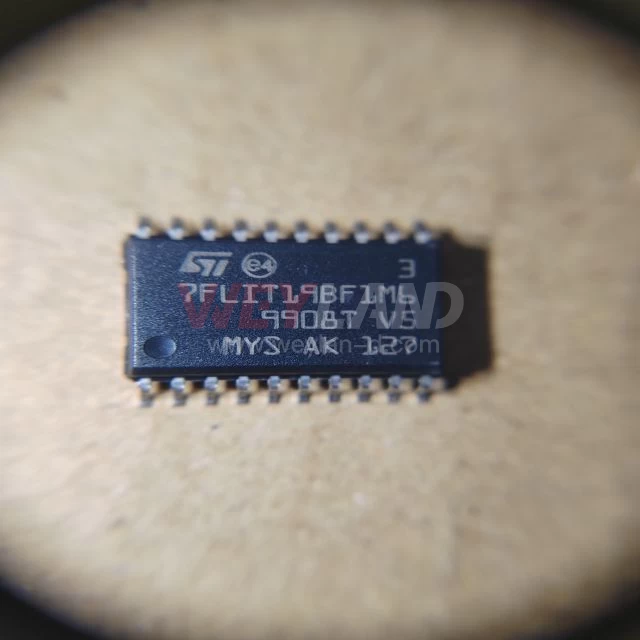

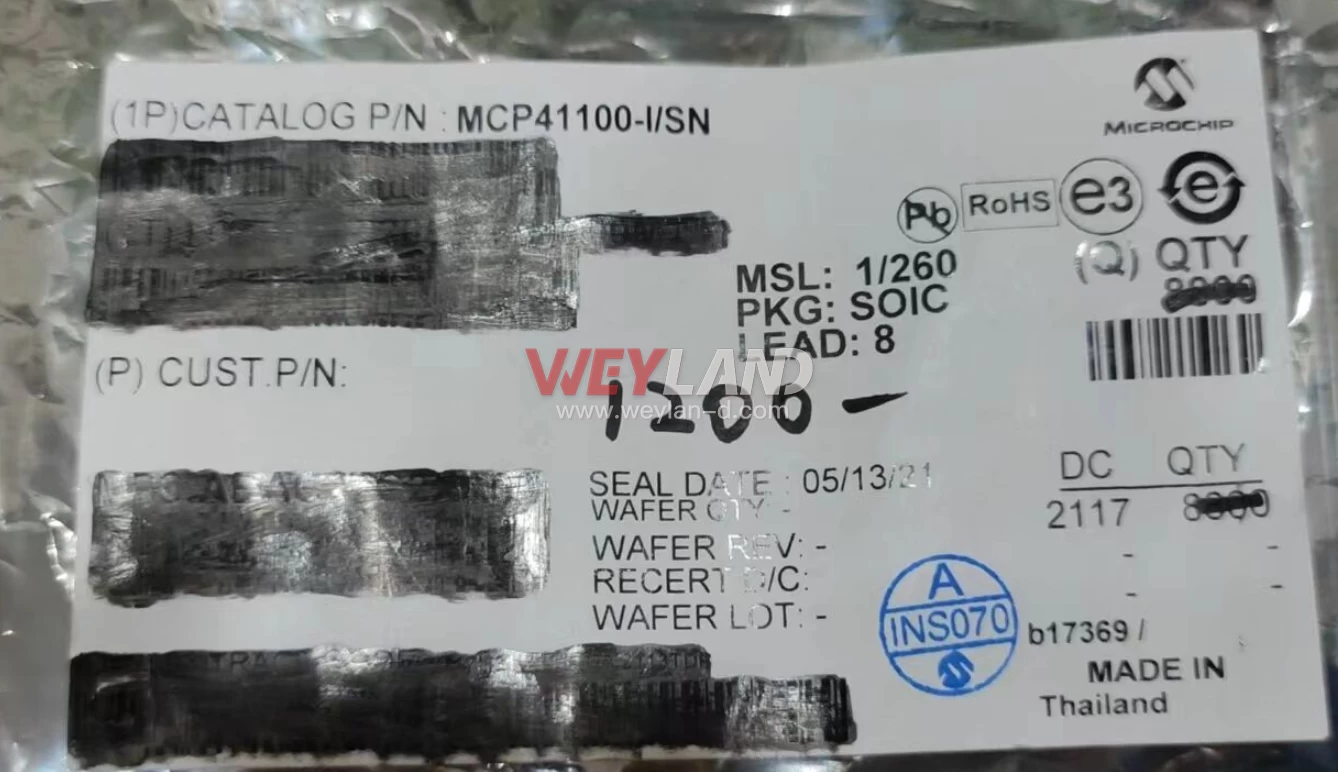
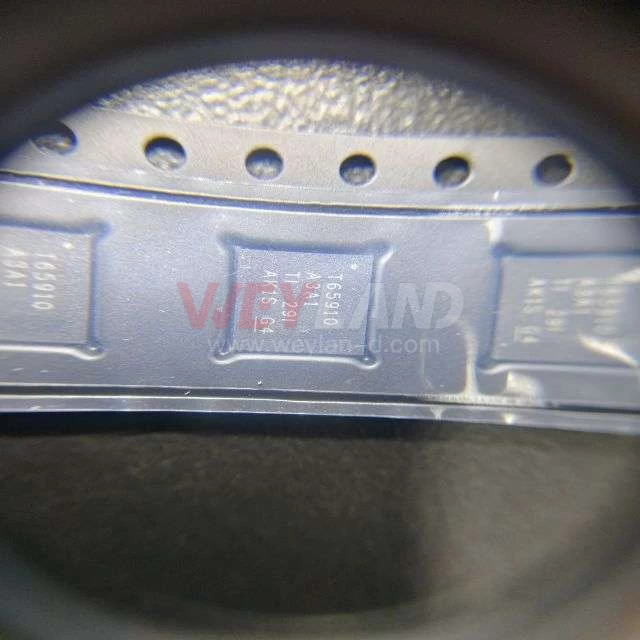
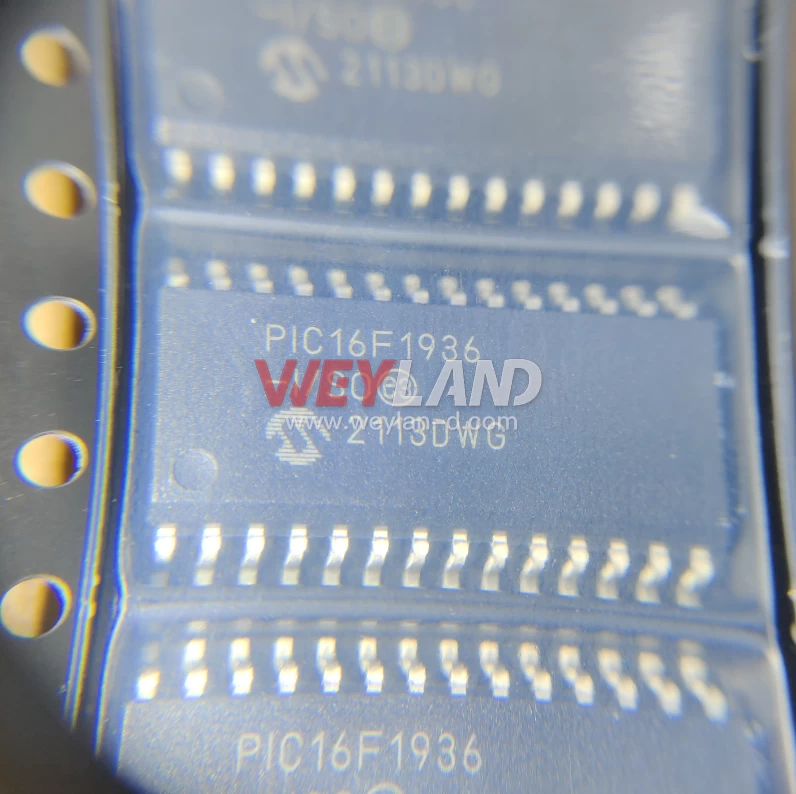

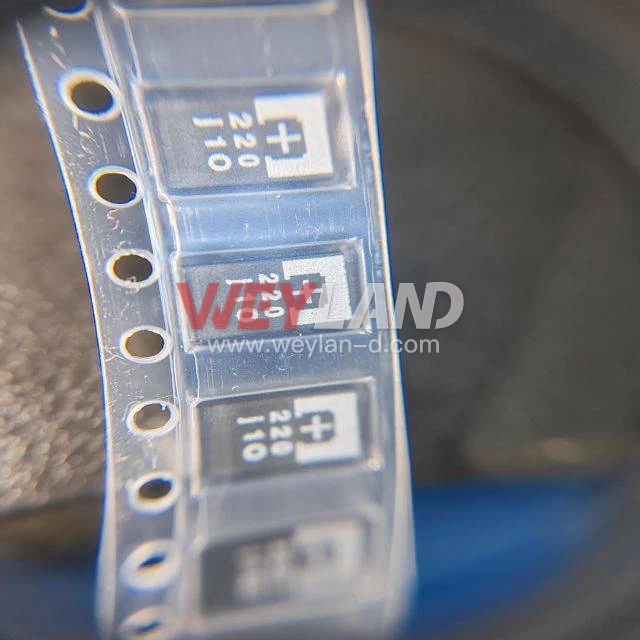
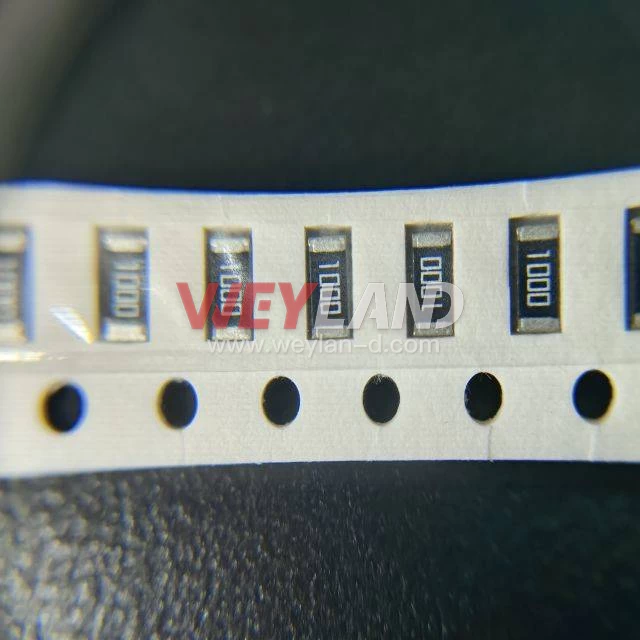
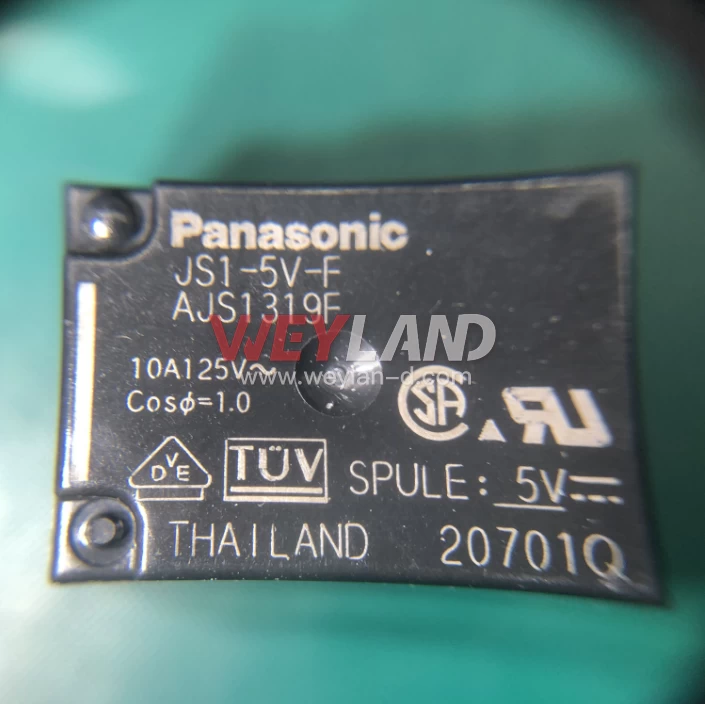
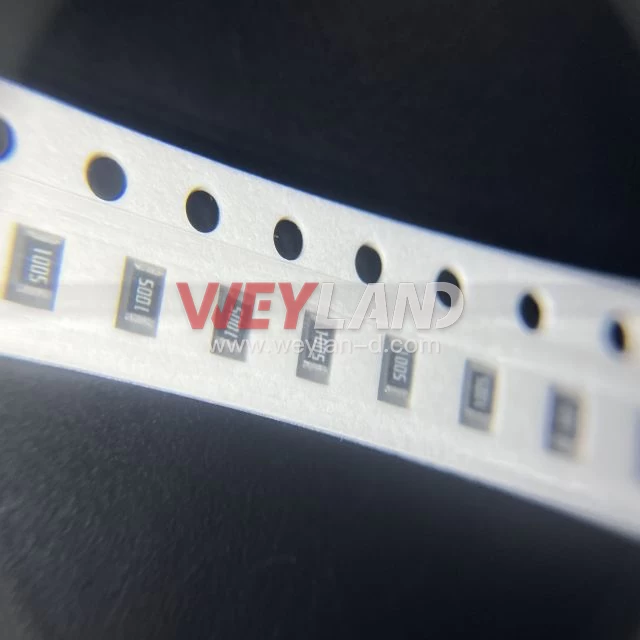
.9246509.png)












[email protected]
7500A BEACH ROAD #04-307 THE PLAZA SINGAPORE (199591)
RM 705.7/F.FA YUEN COMM BLDGNO.75-77.FA YUEN STREET.MONGKOK.KLN.HONG KONG
